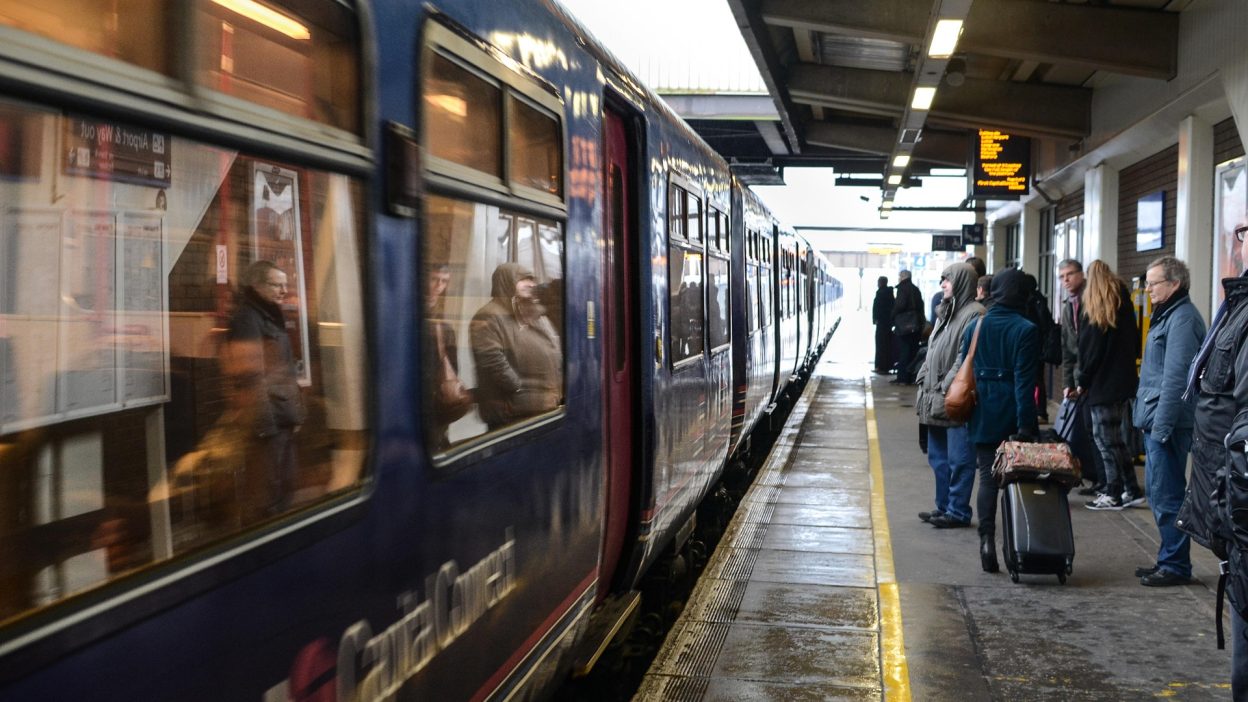Trains have come a long way since the first locomotives chugged along the tracks.
Trains have been an essential part of our lives for nearly 200 years, evolving from slow, smoky steam engines to lightning-fast electric and maglev marvels. But how have they transformed over time? From the early days of coal-powered engines to the futuristic, high-speed maglev systems of today, trains have undergone dramatic changes. This journey through history reveals the surprising victories of old-school trains and why modern locomotives still can’t top certain aspects of their predecessors.
The Beginnings: Steam Engines that Made History
The story of trains starts in the early 1800s when rail cars were used to transport coal and raw materials in England. However, the first true train—Locomotion No.1—didn’t hit the tracks until 1825. This quirky, barrel-like engine could barely reach 15 mph but was groundbreaking at the time. Despite its modest beginnings, it managed to carry 600 passengers on its first journey, demonstrating the immense potential of train travel.
Fast forward a century, and trains had become the kings of long-distance travel. One standout example is the Flying Scotsman, a mighty locomotive that could reach 100 mph—a far cry from the earlier days. With an 80-ft engine car and a weight of over 100 tons, this train was a technological marvel compared to the 7-ton Locomotion No.1. The Flying Scotsman was a symbol of the 20th century’s rapid advancements in transportation.
Diesel Trains: Efficiency Meets Power
While diesel engines first appeared in the late 1800s, they didn’t gain popularity until the 1950s. Unlike steam engines, which relied on burning coal to create steam, diesel trains have a more efficient system that produces less waste. Modern diesel engines, like the British InterCity 125, can reach speeds of 125 mph and even go up to 148 mph when pushed to their limits. These trains are not only faster but also far more reliable, requiring significantly less maintenance compared to their steam predecessors.
Steam engines often spent 65% of their time in the workshop for maintenance, while diesel engines of the same era only spent 5% of their time offline. This shift in technology has helped make modern trains more dependable and efficient.
Electric Trains: Speed and Silence
Electric trains represent the cutting edge of rail travel. One of the fastest electric trains in operation today is the SNCF TGV POS, which can reach a blistering 200 mph. What makes electric trains so fast? One key reason is their lighter weight—since they don’t need to carry fuel like diesel trains, they can run faster with fewer moving parts. Electric trains are also emission-free, making them a greener alternative to diesel locomotives.
Another innovative feature is regenerative braking, which allows electric trains to recover energy when they slow down, feeding it back into the power grid. This energy-efficient system, combined with their sleek design and speed, has made electric trains the future of rail travel.
Maglev Trains: The Fastest Trains on Earth
If you think electric trains are fast, wait until you hear about maglev trains. These futuristic trains use magnets to levitate above the tracks, eliminating friction and allowing them to reach speeds that conventional trains can only dream of. The fastest maglev train, the SCMaglev, can hit a jaw-dropping 375 mph!
However, there’s a catch. Maglev trains require specially designed tracks, meaning they can’t run on the existing rail network. Building new maglev systems comes with a hefty price tag, and many question whether the benefits outweigh the cost. Despite this, maglev technology continues to improve, and it’s likely that we’ll see even faster trains in the coming decades.
The Comfort Factor: Then vs. Now
While modern trains may offer unmatched speed and efficiency, the comfort of train travel has come a long way as well. Early train cars were noisy, uncomfortable, and unsafe, with passengers often thrown from their seats when the train stopped. By 1862, the Pullman Company introduced luxurious sleeper cars, complete with upholstered seats, carpeting, and even private compartments for the elite. Today, the luxury of modern trains is reflected in the airline-style seating, gourmet restaurants, and even free Wi-Fi on some routes. Long-distance trains now offer a more comfortable experience than ever before, making travel more enjoyable for passengers.




